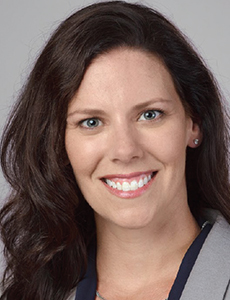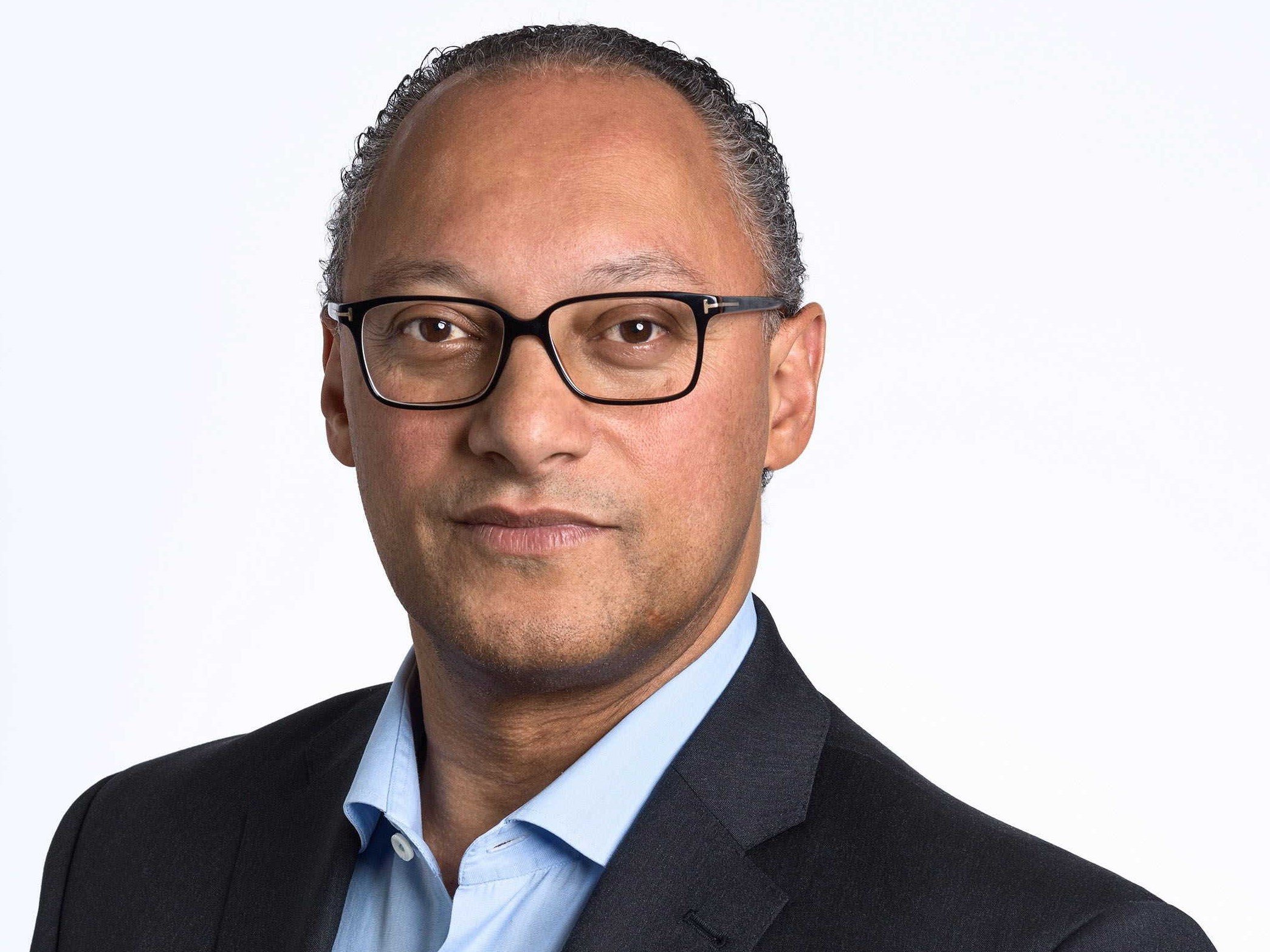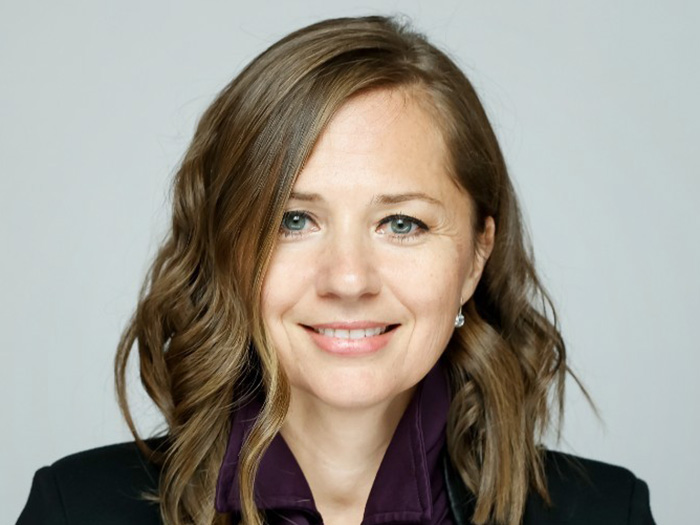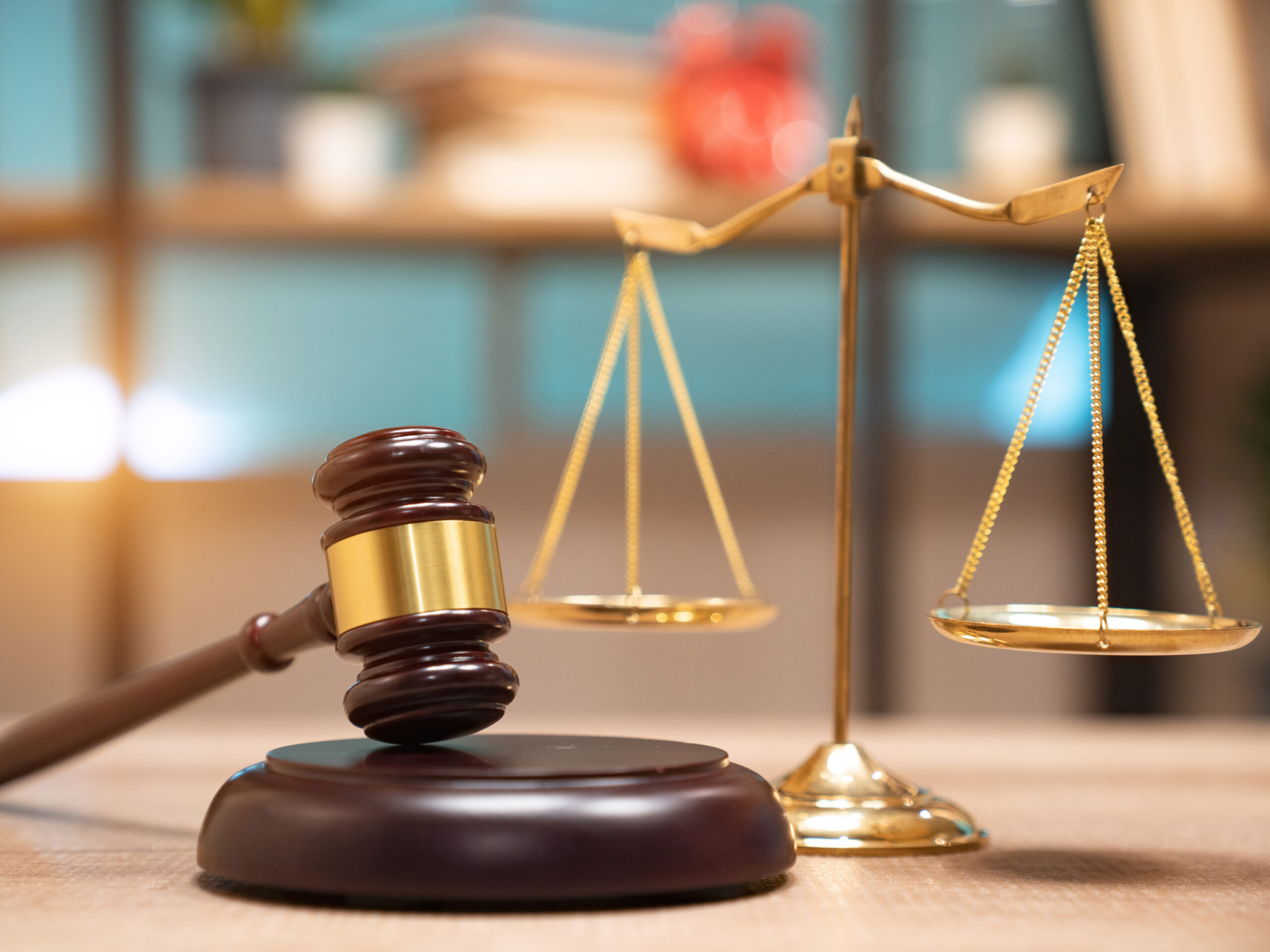Risk Management
Solar’s Risk Challenges
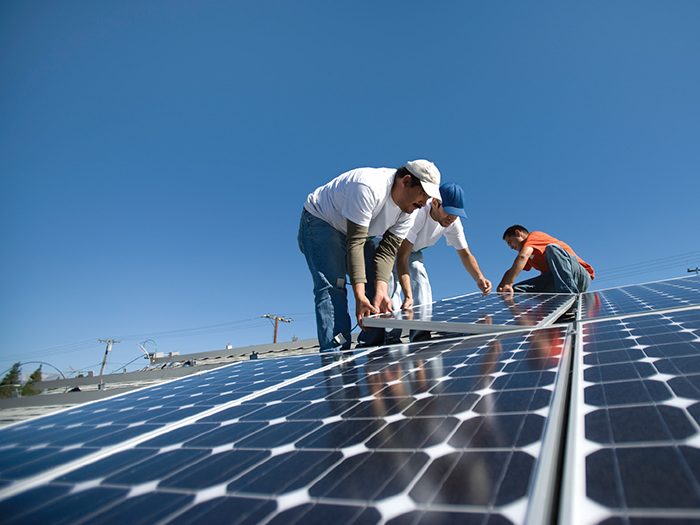
Misaligned mirrors at Ivanpah Solar Electric Generating System — the world’s largest solar plant — caused a fire in May that took one of the California facility’s three generators offline for several weeks.
Unlike the much more common photovoltaic (PV) solar installations, which directly convert sunlight into electricity, Ivanpah is a concentrated solar power (CSP) facility, using thousands of mirrors called heliostats to focus intense sunlight on concentrating towers, producing steam to generate electricity.
There are substantial differences between the risk profiles of PV and CSP, and the industry as a whole is dynamic enough that accurately assessing risk is an ongoing challenge.
While vast in size — Ivanpah takes up 3,500 acres — CSP generates more electricity per square foot than PV. And using heat storage technology, CSP can continue generating power after nightfall.
CSP’s drawbacks include multiple bottlenecks or choke points. Whereas PV generally has one point where power enters, CSP has concentrating towers, steam boilers and generators — each vulnerable to outages. CSP towers are also vulnerable to lightning strikes.
“With CSP, it’s such unique equipment. The equipment is going to range much more widely with CSP products versus photovoltaic,” said Sam Walsh, senior vice president, solar PV underwriting at GCube.
“It is important to know your supply chain, and be aware of the delays that can arise.” — Christi Edwards, vice president, clean tech segment, Chubb
That can make replacing equipment a challenge, he said.
“It is important to know your supply chain, and be aware of the delays that can arise,” said Christi Edwards, vice president of the clean tech segment at Chubb.
While CSPs generate power into the night, Ivanpah is slow to start in the morning, requiring natural gas to preheat its boilers.
With moving parts prone to wear and tear, its thermal focus and reliance on combustibles, “CSP really isn’t solar,” said Michael J. Bernay, CEO of PERse, Ryan Specialty Group’s alternative energy group. “To date, pretty much everything that’s been built has been more of a thermal project than it has been a solar project.”
That impacts CSP’s risk profile. “PV is much closer to wind risk when it is modeled for exposure,” Bernay said. “CSP is much closer to a traditional gas-fired thermal project.”
“Photovoltaic is a lot more standard, a lot less moving parts and a lot less difficult to underwrite,” said Ara Agopian, president of SolarInsure, the renewable energy division of Asset One Insurance. “We definitely have a better handle on the photovoltaic side, especially on the large commercial installations.”
PV installations are generally large utility ground mount or distributed rooftop installations ranging from single homes to massive industrial facilities. Both benefit from how ubiquitous PV panels have become; if one breaks, it has little impact and is easily replaced.
Ground-mounted PV installations are more similar to CSP in size and in risks. Both can be hit by wind events — including tornados — as well as flash floods, which can wash out support structures, especially during construction.
“The liability in any solar panel is once they’re activated, they’re generating power” — James Biggins, managing consultant and power generation practice leader, Global Risk Consultants Corp.
Both are generally in remote locations, meaning no liability from adjacent structures, but firefighters and water can be far away. Automatic fire suppression — generally gaseous or water mist types — is extremely important.
Remote facilities also may be very lightly staffed, raising other risk and liability concerns, including trespassers or vandals.
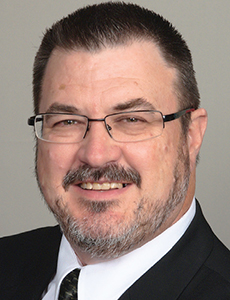
James Biggins, managing consultant and power generation practice leader, Global Risk Consultants Corp.
With fewer moving parts to break and little in the way of lubricants or other combustibles, ground-mounted PV installations require even less staff, making security monitoring more important.
“There may be workers during the day doing maintenance, but [not] at night and many times during the day. … There are some PV sites where you’ve got the field of solar panels and the control building, but it’s all remotely operated from another facility,” said James Biggins, Chicago district managing consultant and power generation practice leader with Global Risk Consultants Corp. “There may well be nobody out there.”
Distributed PV solar rooftop installations are different. All PV produces electrical current, so there is always some fire risk.
“For rooftop installations, there is a risk to the structure underneath and there is risk to adjacent structures,” said Edwards.
Probable Maximum Loss
“With any rooftop installation, the entire system has to be viewed as your probable maximum loss, because if you lose the entire building, you’re losing the system with it,” Walsh said.
Rooftop installations can also hamper firefighting efforts.
“If the system isn’t de-energized, you would be dealing with an electrical fire scenario,” Walsh said. “So you don’t want to be pouring water on it. One of the concerns is how project owners and operators work together with local fire authorities to plan accordingly.”
“We have had situations where we’ve had a fire, and in the attempt to try to control it, the fire department has inadvertently made it worse,” Bernay said.
Not all fire departments are properly trained to deal with putting out a fire where there’s an energized solar system on the roof, he said.
“There have been instances where a fire department shows up, realizes it’s there and chooses not to fight the fire. … Even if the fire originated in the underlying structure, if the fire department won’t put it out because of the solar system, who’s going to be held responsible for the damage that occurs?” Walsh asked.
That’s why Edwards recommends inviting the local fire department to visit any installation and create a firefighting plan. She also recommends a thorough risk assessment, as well as knowing your state’s fire code — and building to the most stringent requirements available.
The National Electrical Code recommends rapid shutdown capability and disconnecting methods. The National Fire Protection Association’s 2015 fire code stipulates adequate spacing so firefighters can move about the roof and ventilate if need be.
Walsh recommends adequate signage on all sides of a building to alert fire crews to rooftop installations.
“It’s Live Power Up There”
“The liability in any solar panel is once they’re activated, they’re generating power. There’s always power being produced anytime there’s a light source,” said Biggins. “So from a worker safety standpoint … they’ve got to always remember it’s live power up there from those panels.”
“Hurricane Sandy is probably the largest event we’ve paid out losses for in regards to solar in the U.S.,” — Sam Walsh, senior vice president, solar PV underwriting, GCube.
While the decentralized nature of distributed solar installations dilutes the risk, events like hurricanes or seismic incidents can cause widespread losses, although Superstorm Sandy was in some ways encouraging.
“Hurricane Sandy is probably the largest event we’ve paid out losses for in regards to solar in the U.S.,” said GCube’s Walsh. His company paid $7 million to $8 million in losses.
“But what was interesting was that we probably insured 100-plus projects in the area and I think we probably only paid out on six or seven projects in total,” he said.
Those losses were less from wind damage than from the corrosive effects of wind-driven salt water.
Snow piling up on PV installations can also cause damage. It can slide off angled panels, hit cars or people, or drip and cause icy spots, all serious liability issues.
Residential solar installations can be challenging to insure too. In some states, homeowner’s coverage for rooftop solar may be virtually unavailable. Leaseback arrangements where the installer retains ownership and responsibility for insurance can be an attractive option.
“It is important for consumers to be clear about who is responsible for the maintenance of the panels installed on their homes,” said Edwards. “For the operators, it is important to make sure the installer is experienced and reputable especially if they are using subcontractors.”
One potential complication for all solar installations is when errors during installation cause problems down the road, leading to disputes between the installer’s insurer and the operator’s insurer over the cost, timing and liability of the loss.
“The massive growth has really only taken place in the past six or so years,” Walsh said. “Once these systems enter year 10, are we going to start seeing issues crop up that will be pervasive across the industry?”
New technologies like large scale battery systems and insurance products like weather risk transfer products, which pay out for low sunlight or wind, will keep the changes coming.
“It’s a fairly new industry,” Agopian said. “We don’t have enough data on the risk management side just yet. … But it’s increasing and improving. We’ll get better at it.” &

